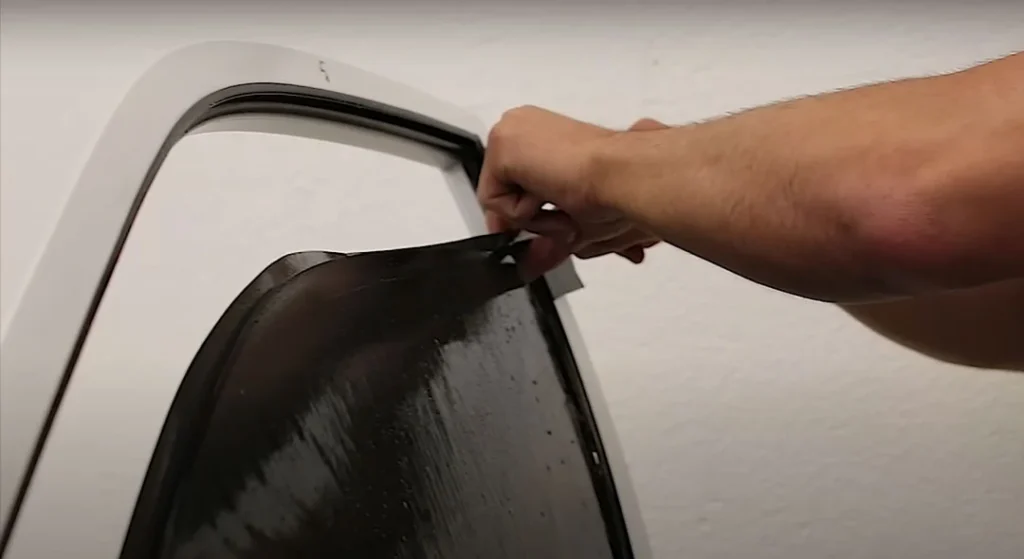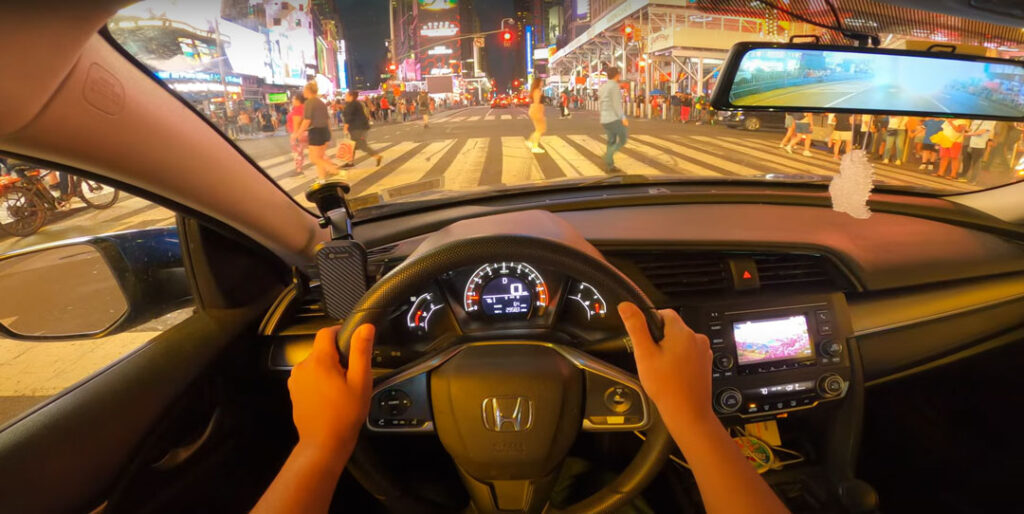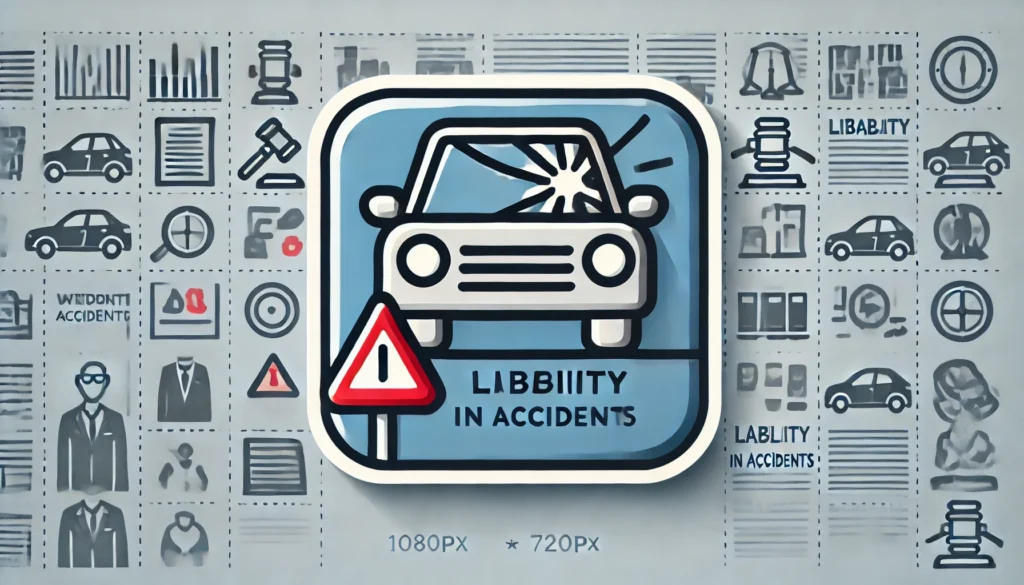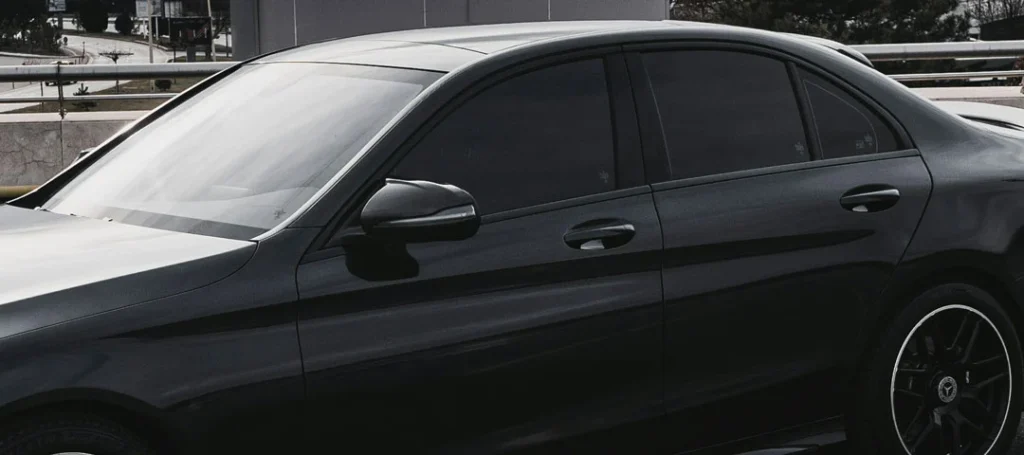
Window tinting is a popular vehicle customization option that enhances privacy, aesthetics, and comfort. However, both New York and New Jersey have strict regulations regarding window tinting to ensure safety and compliance with traffic laws. This comprehensive blog explores the legal, safety, and practical aspects of window tinting laws in these states, providing insights from the perspectives of law enforcement, vehicle owners, and the general public.
New York
- Front Windshield:
- Non-reflective tint is allowed on the top 6 inches.
- Must allow at least 70% VLT for the rest of the windshield.
- Front Side Windows:
- Must allow at least 70% VLT.
- Rear Side Windows:
- No VLT restrictions if the vehicle has dual outside rearview mirrors.
- Rear Windshield:
- No VLT restrictions if the vehicle has dual outside rearview mirrors.

New Jersey
- Front Windshield:
- Tinting is not allowed except for medical exemptions.
- Front Side Windows:
- Tinting is prohibited unless medically exempt.
- Rear Side Windows:
- No restrictions.

Penalties for Non-Compliance
- In New York, violations may result in fines of up to $150 per offense.
- In New Jersey, fines for illegal tinting range from $100 to $500.
- Law enforcement officers may issue a repair order, requiring you to remove the non-compliant tint.

Reduced Visibility for Drivers
- Extremely dark tints impair visibility, particularly at night or during adverse weather conditions, increasing the risk of accidents.
- According to a National Highway Traffic Safety Administration (NHTSA) study, poor visibility contributes to nearly 20% of all vehicle collisions.

Impact on Pedestrian Safety
- Dark tints can make it harder for drivers to see pedestrians, cyclists, or other vehicles, particularly in urban environments like New York City.

Impact on Insurance Rates
- Insurance providers may view illegal or overly dark window tints as a modification that increases risk, potentially leading to higher premiums.
- In some cases, insurance claims related to accidents may be scrutinized if illegal window tints are found to have contributed to the incident.
Liability in Accidents
- If dark tints are deemed a factor in a crash, drivers may face increased liability, particularly if the tints violated state laws.

- A 2018 AAA report found that overly dark tints can reduce peripheral visibility by up to 30%, increasing the likelihood of side-impact collisions.
- Vehicles with illegal tints are 15% more likely to be involved in accidents at night, according to a study by the Insurance Institute for Highway Safety (IIHS).
- Law enforcement data suggests that improperly tinted windows contribute to a small but notable percentage of traffic violations.

- Eligibility: Conditions such as lupus, photosensitivity, or skin cancer may qualify.
- Requirements: Drivers must carry a medical exemption certificate in their vehicle and ensure the tinting complies with exemption limits.
- Renewal: Exemptions must be renewed periodically and may require documentation from a licensed physician.
Law Enforcement Perspective
- Police officers emphasize the importance of visibility for safety during stops.
- Clear communication with drivers is essential, and dark tints can hinder this process.
Driver Perspective
- Many drivers appreciate the privacy, heat reduction, and aesthetic appeal of tinted windows.
- Compliance with state laws ensures a balance between comfort and safety.
Public Perspective
- Pedestrians and other road users benefit from drivers having clear visibility.
- Compliance with tinting laws enhances overall road safety.

- Understand the Law: Familiarize yourself with state-specific VLT limits and ensure your tinting complies.
- Choose the Right Tint: Work with a reputable installer to select materials and VLT levels that meet your needs while adhering to legal requirements.
- Maintain Documentation: Keep records of your window tinting, including invoices and certifications, to demonstrate compliance if questioned by law enforcement.
- Prioritize Safety: Consider how tinting affects your visibility and the safety of other road users.

Conclusion
Window tinting can offer significant benefits, but it’s essential to navigate the legal, safety, and practical considerations. By understanding the regulations in New York and New Jersey, drivers can make informed decisions that enhance their experience while ensuring compliance with the law. Whether you’re tinting your windows for privacy, comfort, or aesthetics, always prioritize safety and legality. For professional and compliant window tinting services, contact NYC Car Wraps today!

